-
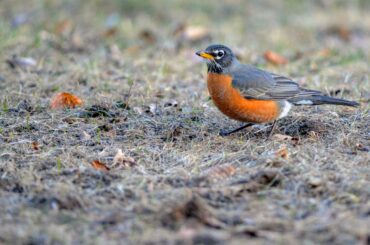
Bird songs may ease the blues
-The Great Lakes region’s more than 300 bird species may provide valuable mental health benefits.
00 -
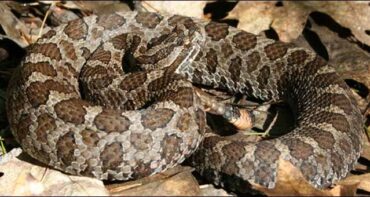
What do Michigan rattlers chow down?
-Massasaugas strongly prefer small mammal prey, yet individuals occasionally consume other prey, including amphibians, reptiles and birds.
-
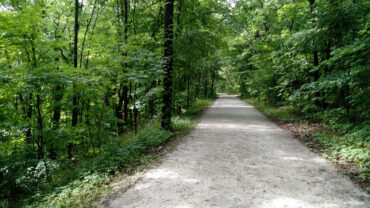
Watch out! Creepy kudzu coming?
-Kudzo is on the list of plants and animals that pose an immediate or potential threat to Michigan’s economy, environment or human health.
-
 CollaborationIndustry, Energy, Economic DevelopmentLatest NewsMichiganNewsResearch, Data and TechnologyScience, Technology, Research
CollaborationIndustry, Energy, Economic DevelopmentLatest NewsMichiganNewsResearch, Data and TechnologyScience, Technology, ResearchPotential hydrogen source could power trucks while reducing greenhouse gases
-It’s better suited than batteries to power large vehicles that need to travel long distances like semi-trucks, because hydrogen refuels much faster than batteries recharge.
-
 CollaborationLake ErieLake HuronLake MichiganLake OntarioLake SuperiorLatest NewsMichiganNewsResearch, Data and TechnologyScience, Technology, Research
CollaborationLake ErieLake HuronLake MichiganLake OntarioLake SuperiorLatest NewsMichiganNewsResearch, Data and TechnologyScience, Technology, ResearchNew NASA satellite helps scientists understand Great Lakes
-Mapping currents allows scientists to understand the path pollution takes and maximize the efficiency of boats and vessels.
-
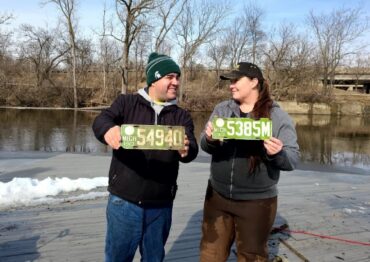 DetroitFeature HomepageLatest NewsMichiganNewsProtectRecreation and TourismRecreational Hunting and FishingWater Quality and Restoration Efforts
DetroitFeature HomepageLatest NewsMichiganNewsProtectRecreation and TourismRecreational Hunting and FishingWater Quality and Restoration EffortsMichigan’s Magnet Man attracts river trash
-The heaviest thing that he has found is a full-sized safe in the Rouge River in Delray, Michigan, taking seven people with magnets and hooks to pull it out.
-
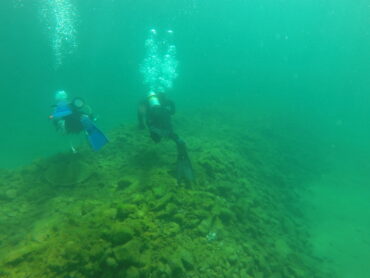 CollaborationFeature HomepageFish, Birds and AnimalsHabitat RestorationHistory and CultureLake HuronLatest NewsMichiganNewsRecreation and TourismResearch, Data and TechnologyScience, Technology, ResearchShipwrecksWater Quality and Restoration Efforts
CollaborationFeature HomepageFish, Birds and AnimalsHabitat RestorationHistory and CultureLake HuronLatest NewsMichiganNewsRecreation and TourismResearch, Data and TechnologyScience, Technology, ResearchShipwrecksWater Quality and Restoration EffortsArtificial reefs bring wild lake trout to Lake Huron
-The constructed reefs are likely to be adequate for fish to breed and reproduce indefinitely.
-
 AdvocacyDetroitDrinking WaterEquity and Environmental JusticeFeature DetroitFeature HomepageInfrastructureMichiganMunicipalitiesNewsPolitics, Policy, Environmental JusticeWater Quality and Restoration Efforts
AdvocacyDetroitDrinking WaterEquity and Environmental JusticeFeature DetroitFeature HomepageInfrastructureMichiganMunicipalitiesNewsPolitics, Policy, Environmental JusticeWater Quality and Restoration EffortsDetroiters can get another 1,125 gallons of water under discount program
-Detroit water rates have gone up 407% over the last 20 years, and 120% in just the last 10 years.
-
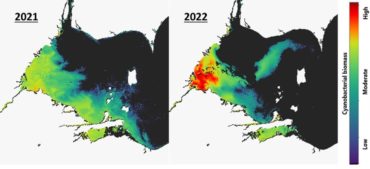 Algae BloomsClimate ChangeCollaborationLake ErieLake Erie-EPALatest NewsNewsResearch, Data and TechnologyScience, Technology, ResearchWater Quality and Restoration Efforts
Algae BloomsClimate ChangeCollaborationLake ErieLake Erie-EPALatest NewsNewsResearch, Data and TechnologyScience, Technology, ResearchWater Quality and Restoration EffortsLake Erie algae in 2022 worse than predicted; it plateaued rather than peaked
-Into October, there were higher air temperatures in the entire northwest region than ever before.
-
 Algae BloomsCollaborationFeature HomepageLake ErieLatest NewsNewsOhioPolitics, Policy, Environmental JusticeResearch, Data and TechnologyScience, Technology, ResearchWater Quality and Restoration Efforts
Algae BloomsCollaborationFeature HomepageLake ErieLatest NewsNewsOhioPolitics, Policy, Environmental JusticeResearch, Data and TechnologyScience, Technology, ResearchWater Quality and Restoration EffortsNew technology provides hope for the Great Lakes’ polluted waters
-The Ohio Department of Natural Resources and Environmental Protection Agency have demonstrated a new technology designed to reduce harmful algal blooms in lakes.

